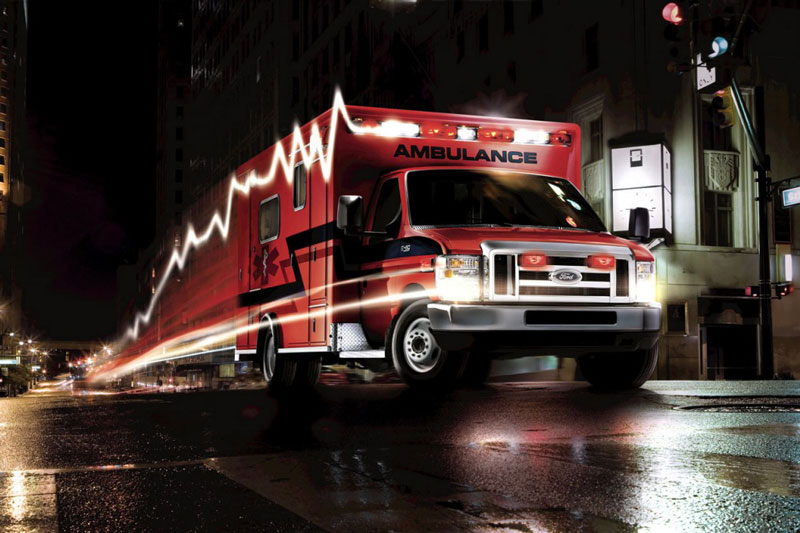How People Die: Suffocation
Published (updated: ).

The most common reason people call 911 is for respiratory distress. In most jurisdictions, 40% of all calls are because the patient is experiencing shortness of breath. Shortness of breath can be caused by many conditions, however varied, the conditions always come down to three root causes:
- Problems with pulmonary ventilation
- Problems with oxygenation
- Problems with external, internal, or cellular respiration
Problems with pulmonary ventilation
Any condition that would effect the movement of air in and out of the lungs would cause the patient to experience shortness of breath. The stimulation for the intercostal muscles and diaphragm come from the pons. The pons connect the brain to the brainstem. The pons control how fast or deep a person breaths. Conditions that would effect the pons are:
- Drugs (primarily narcotics)
- Trauma (particular head trauma)
- Muscular Dystrophy (a disease that causes progressive weakness to muscles)
Any condition that would effect the structures of the lungs or airway would result in a patient experiencing shortness of breath. The following are conditions where the structure or integrity of the respiratory system are compromised.
- Structural damage to the trachea from trauma
- Bronchoconstriction (wheezing)
- Disruption of the function of the airway (patency)
- Infection (swollen vocal cords or epiglottis)
- Burns and other trauma to the trachea or larynx
- Foreign body airway obstruction
- Allergic reaction
- Loss of muscle tone the lungs
Problems with oxygenation
Any of the problems associated with with pulmonary ventilation could put the patient in a critical state, but what would happen if the patient only experienced a partial failure of their pulmonary ventilation? The patient would adapt to the problem, but over time would experience a lack of oxygenation in the blood. The concentration of oxygen in the patient’s blood would drop, leading to hypoxia and hypoperfusion (shock).
Problems with respiration
External respiration refers to the exchange of oxygen and carbon dioxide in the pulmonary capillary beds. Anything that would compromise external respiration will lead to a patient experiencing shortness of breath. The most common condition that would lead to a problem with respiration is pulmonary edema. In pulmonary edema, the patient’s pulmonary capillaries are swollen due to a failure of the left ventricle to pump blood to the body. The condition leads to higher than normal blood pressure in the pulmonary capillary beds. The increased pressure makes it difficult for oxygen to diffuse into the pulmonary capillaries. This problem leads to hypoxia. Another example of respiration problems come from patients being exposed to toxic gas. Carbon monoxide bonds with hemoglobin (the component in red blood cells that carries oxygen) with about 1000% greater affinity than oxygen. There are only so many red blood cells. As the red blood cells combine with carbon monoxide, there is no room for oxygen to bind.
Internal respiration refers to the exchange of oxygen and carbon dioxide between the cells of the body and the blood. This could be the result of hypoxia (low blood oxygen) caused by any problem that would result in hypoxia. The result will be the cells not being able to convert glucose to energy. This can lead to cells failing to function or die. Another complication is the cells could continue to exist through anaerobic metabolism (a temporary metabolism where the patient’s cells can make energy without oxygen). Anaerobic metabolism results in time a limited extension of celluar life span.
Cellular respiration refers to the utilization of oxygen by the cell and subsequent production of carbon dioxide as a waste product. Problems with the circulatory system such as shock or cardiac arrest will shut down the process of cellular respiration, leading to cell death or temporary conversion to anaerobic metabolism.
